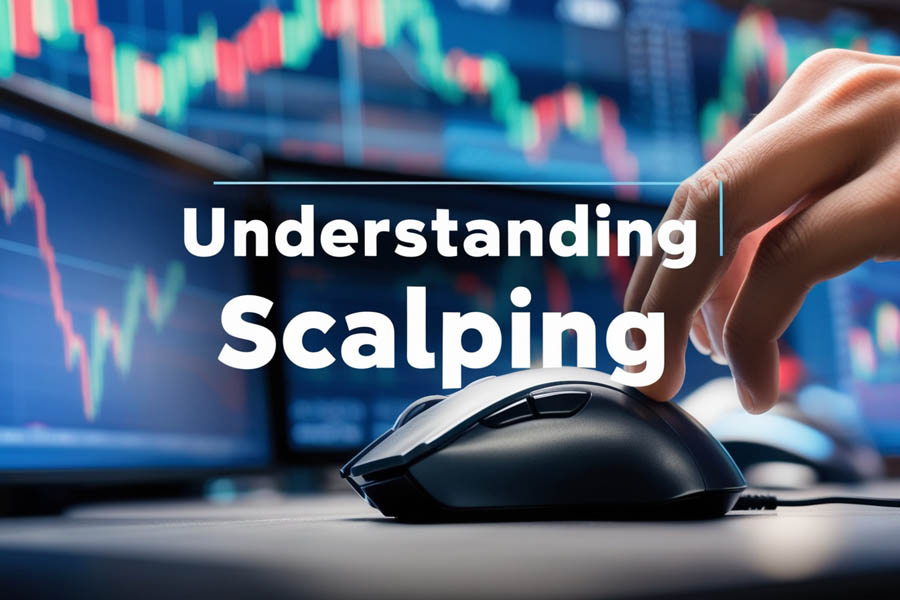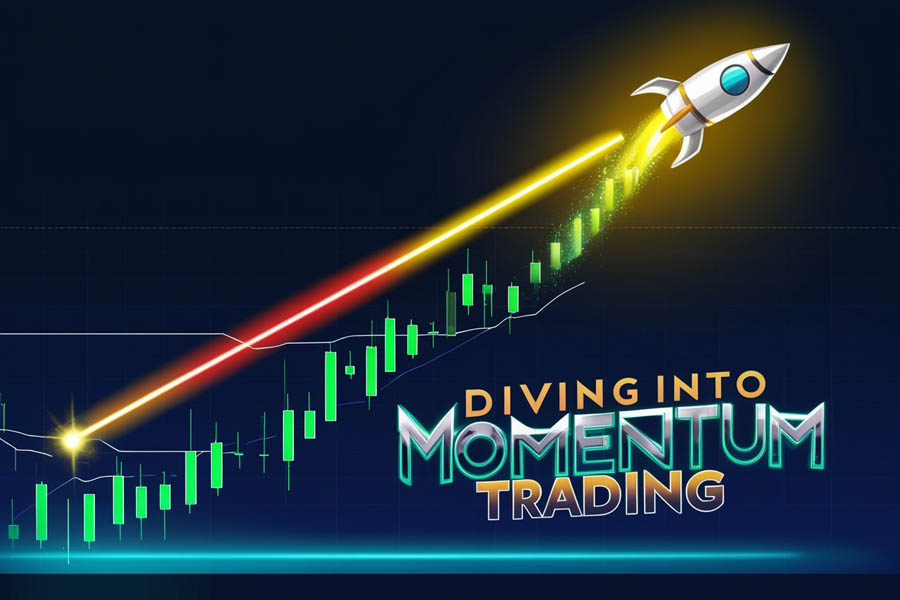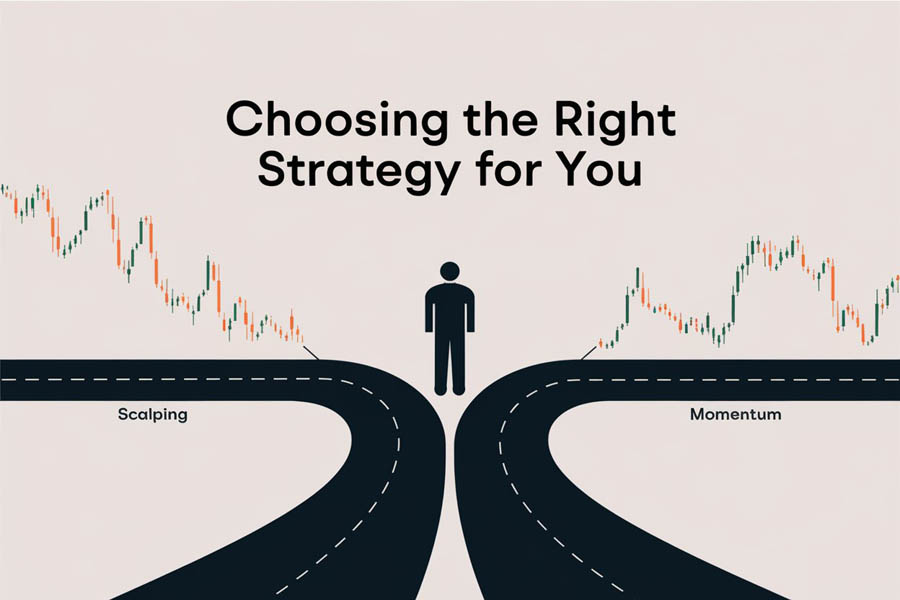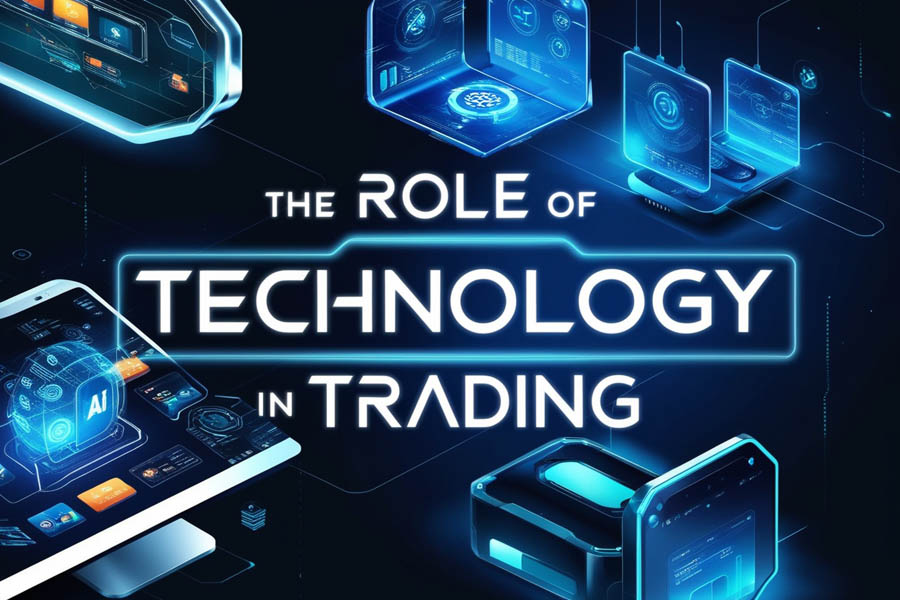In the fast-paced world of financial markets, traders are constantly seeking the most effective strategies to maximize their profits. Two popular approaches that often come head-to-head are scalping and momentum trading. But what exactly sets these strategies apart, and which one could potentially lead to greater success? This comprehensive guide will delve deep into the intricacies of scalping vs momentum trading, providing you with the knowledge you need to make informed decisions in your trading journey.

The direct answer to the question posed in the title is that neither scalping nor momentum trading is inherently superior – each strategy has its own strengths and weaknesses, and the best choice depends on individual factors such as trading style, risk tolerance, and available resources. Scalping and momentum trading are distinct strategies that cater to different trading styles and market conditions. While scalping focuses on capturing small price movements through high-frequency trades, momentum trading aims to capitalize on strong price trends over longer periods. Both strategies have their merits and drawbacks, and understanding their nuances is crucial for any trader looking to enhance their performance in the market.
As we explore these trading approaches, it’s important to note that selecting the right forex broker can significantly impact your success. Many traders find that working with a regulated forex broker provides added security and peace of mind in their trading endeavors.
Understanding Scalping

What is Scalping?
Scalping is a high-frequency trading strategy that involves making numerous trades within short time frames, often lasting just seconds or minutes. The goal is to profit from small price movements by entering and exiting positions quickly.
Key Characteristics of Scalping
- Rapid execution: Scalpers must be able to make split-second decisions and execute trades swiftly.
- High trade volume: Successful scalping often requires making dozens or even hundreds of trades per day.
- Tight stop-losses: To minimize risk, scalpers typically use very tight stop-loss orders.
- Focus on liquid markets: Scalping works best in highly liquid markets with narrow bid-ask spreads.
Advantages of Scalping
- Potential for consistent small profits
- Reduced exposure to overnight risk
- Less reliance on long-term market trends
Disadvantages of Scalping
- High stress and intense concentration required
- Increased transaction costs due to frequent trading
- Need for sophisticated trading tools and platforms
Read More: Scalping vs Day Trading
Diving into Momentum Trading

What is Momentum Trading?
Momentum trading is a strategy that aims to capitalize on the continuance of existing market trends. Traders using this approach buy assets that are showing an upward price trend and sell those in a downward trend.
Key Characteristics of Momentum Trading
- Trend identification: Momentum traders must be skilled at identifying and confirming strong market trends.
- Longer holding periods: Positions are typically held for days, weeks, or even months.
- Use of technical indicators: Traders often rely on indicators like moving averages and relative strength index (RSI) to confirm momentum.
- Higher profit potential: By riding strong trends, momentum traders aim for larger profits per trade.
Advantages of Momentum Trading
- Potential for significant profits from strong market moves
- Less time-intensive than scalping
- Ability to capture gains from longer-term market trends
Disadvantages of Momentum Trading
- Risk of sudden trend reversals
- Requires patience to wait for ideal entry points
- May miss opportunities in range-bound markets
Scalping vs Momentum Trading: A Detailed Comparison
Time Frame
Scalping: Extremely short-term, often seconds to minutes Momentum Trading: Short to medium-term, typically days to weeks
Trade Frequency
Scalping: Very high, often dozens or hundreds of trades per day Momentum Trading: Lower, usually a few trades per week or month
Profit Targets
Scalping: Small profits per trade, typically a few pips or cents Momentum Trading: Larger profits per trade, often aiming for significant percentage gains
Risk Management
Scalping: Tight stop-losses, quick exit on losing trades Momentum Trading: Wider stop-losses, may use trailing stops to protect profits
Market Conditions
Scalping: Works in various market conditions, but prefers high liquidity Momentum Trading: Performs best in trending markets, struggles in range-bound conditions
Psychological Demands
Scalping: High stress, requires intense focus and quick decision-making Momentum Trading: Lower stress, but requires patience and discipline to hold positions
Read More: Scalping vs Swing Trading
Choosing the Right Strategy for You

Deciding between scalping and momentum trading depends on several factors:
- Your personality: Are you comfortable with high-stress, rapid-fire decision-making, or do you prefer a more measured approach?
- Available time: Scalping requires constant market monitoring, while momentum trading allows for more flexibility.
- Capital: Scalping often requires a larger capital base to offset transaction costs, while momentum trading can be done with smaller accounts.
- Market knowledge: Both strategies require deep market understanding, but in different ways. Scalpers need to read short-term price action, while momentum traders must understand broader market trends.
- Technology: Scalping typically requires advanced trading platforms and tools, while momentum trading can be done with more basic setups.
Tips for Success in Scalping and Momentum Trading
Scalping Tips
- Develop a robust system: Create and stick to a well-defined trading system with clear entry and exit rules.
- Master your emotions: Quick decisions are crucial, so learn to control fear and greed.
- Use appropriate leverage: While leverage can amplify profits, it also increases risk. Use it wisely.
- Focus on liquid markets: Choose markets with tight spreads to minimize transaction costs.
- Utilize limit orders: Place limit orders to get better fill prices and reduce slippage.
Momentum Trading Tips
- Confirm trends: Use multiple technical indicators to confirm trend strength before entering trades.
- Practice patience: Wait for clear entry signals rather than jumping in too early.
- Manage risk carefully: Use stop-losses and consider scaling in and out of positions.
- Stay informed: Keep up with news and events that could impact your chosen markets.
- Adapt to changing conditions: Be prepared to switch to other strategies when momentum fades.
The Role of Technology in Scalping and Momentum Trading

Both scalping and momentum trading have been significantly impacted by advancements in trading technology. Here’s how:
Technology in Scalping
- High-frequency trading (HFT) systems: Allow for extremely rapid trade execution
- Advanced charting software: Provides real-time price action analysis
- Automated trading bots: Can execute scalping strategies based on predefined rules
Technology in Momentum Trading
- Trend analysis tools: Help identify and confirm market trends
- Backtesting software: Allows traders to test strategies on historical data
- Social trading platforms: Enable traders to follow and copy successful momentum traders
The Impact of Market Conditions
Market conditions play a crucial role in the effectiveness of both scalping and momentum trading strategies:
Scalping in Different Market Conditions
- Volatile markets: Can provide more opportunities but also increase risk
- Range-bound markets: May offer consistent small profits for skilled scalpers
- Trending markets: Can be challenging as price moves may be too rapid
Momentum Trading in Different Market Conditions
- Strong trends: Ideal for momentum trading, offering significant profit potential
- Choppy markets: Can be difficult, often resulting in false signals
- Major economic events: Can create powerful momentum but also increase risk
Combining Scalping and Momentum Trading
While scalping and momentum trading are often seen as distinct strategies, some advanced traders find ways to combine elements of both:
- Scalping with trend: Use momentum analysis to identify overall trend direction, then scalp in the direction of the trend.
- Momentum entry, scalp exit: Enter trades based on momentum signals but use scalping techniques to exit quickly if the move doesn’t materialize.
- Hybrid timeframes: Use momentum analysis on higher timeframes to identify trends, then scalp on lower timeframes within the trend.
The Importance of Continuous Learning and Adaptation
Regardless of whether you choose scalping, momentum trading, or a combination of both, continuous learning and adaptation are crucial for long-term success in the markets. Markets are constantly evolving, and strategies that work today may become less effective tomorrow.
To stay ahead of the curve:
- Stay informed: Regularly read financial news and analysis
- Network with other traders: Join trading communities to share insights and strategies
- Attend webinars and seminars: Learn from experienced traders and market experts
- Practice in demo accounts: Test new strategies without risking real capital
- Keep a trading journal: Track your trades and analyze your performance to identify areas for improvement
Read More: Mastering ATR Scalping
OpoFinance Services: Your Partner in Trading Success
When it comes to executing your chosen trading strategy, whether it’s scalping, momentum trading, or a combination of both, having a reliable and regulated broker is crucial. OpoFinance, an ASIC-regulated forex broker, offers a comprehensive suite of services designed to support traders of all levels.
OpoFinance stands out with its cutting-edge trading platforms, competitive spreads, and a wide range of tradable instruments. Their ASIC regulation ensures a high level of security and transparency for traders, providing peace of mind as you navigate the markets.

One of OpoFinance’s standout features is its social trading service. This innovative platform allows traders to connect, share strategies, and even copy trades from successful traders. For those new to momentum trading or looking to diversify their approach, social trading can be an excellent way to learn from experienced traders and potentially enhance your trading results.
Whether you’re a seasoned scalper looking for lightning-fast execution or a momentum trader seeking a stable platform for longer-term positions, OpoFinance’s robust infrastructure and professional support team are equipped to meet your needs.
Conclusion
The debate between scalping vs momentum trading isn’t about determining which strategy is universally superior. Rather, it’s about understanding the strengths and weaknesses of each approach and how they align with your personal trading style, goals, and resources.
Scalping offers the potential for consistent small profits and reduced overnight risk but demands intense focus and rapid decision-making. Momentum trading, on the other hand, provides opportunities for larger profits from sustained market moves but requires patience and the ability to weather short-term fluctuations.
Ultimately, success in trading comes down to finding a strategy that fits your personality, lifestyle, and risk tolerance. Whether you choose scalping, momentum trading, or a hybrid approach, remember that consistent profitability requires discipline, continuous learning, and adaptability.
As you embark on your trading journey, consider leveraging the resources and support offered by regulated brokers like OpoFinance. Their advanced platforms, educational materials, and social trading features can provide valuable tools and insights as you refine your trading strategy.
Remember, the world of trading is dynamic and ever-changing. Stay curious, remain adaptable, and never stop learning. With dedication and the right approach, you can navigate the exciting world of financial markets and work towards achieving your trading goals.
How does market volatility affect scalping vs momentum trading strategies?
Market volatility can significantly impact both scalping and momentum trading strategies, but in different ways. For scalpers, increased volatility can provide more opportunities for quick profits as price movements become more pronounced. However, it also increases the risk of slippage and can make it more challenging to execute trades at desired prices. Scalpers may need to adjust their profit targets and stop-loss levels in highly volatile conditions.
Momentum traders, on the other hand, often thrive in volatile markets as strong trends are more likely to develop. However, extreme volatility can lead to sudden trend reversals, potentially causing significant losses if not managed properly. Momentum traders may need to be more cautious with position sizing and use wider stop-losses during highly volatile periods to avoid being shaken out of potentially profitable trades.
Can artificial intelligence and machine learning be applied to scalping and momentum trading?
Absolutely. Artificial Intelligence (AI) and Machine Learning (ML) are increasingly being applied to both scalping and momentum trading strategies. For scalping, AI algorithms can analyze vast amounts of market data in real-time, identifying micro-trends and executing trades faster than any human could. These systems can also adapt to changing market conditions, potentially improving their performance over time.
In momentum trading, ML models can be trained to identify complex patterns that signal the start or end of trends. These models can analyze multiple data points simultaneously, including price action, volume, and even sentiment data from news sources or social media. AI-driven momentum strategies might also incorporate risk management features, automatically adjusting position sizes based on market conditions and the strength of the identified trend.
However, it’s important to note that while AI and ML can enhance trading strategies, they are not infallible. Human oversight is still crucial to ensure these systems operate as intended and to make adjustments when market dynamics shift in unexpected ways.
How do regulatory changes impact scalping and momentum trading strategies?
Regulatory changes can have significant impacts on both scalping and momentum trading strategies. For scalpers, regulations that affect order execution speed, such as changes to high-frequency trading rules, can directly impact strategy effectiveness. Additionally, any changes to minimum tick sizes or trading fees can affect the profitability of scalping strategies that rely on capturing small price movements.
Momentum traders might be more affected by regulations concerning market manipulation or insider trading. Stricter rules around these issues could potentially limit certain momentum strategies that rely on rapid information dissemination or crowd behavior. Furthermore, changes to short-selling regulations can impact momentum strategies that involve betting against downward trends.
Both types of traders need to stay informed about regulatory changes in their trading jurisdictions and be prepared to adapt their strategies accordingly. This might involve adjusting risk management practices, reconsidering the markets or instruments traded, or even modifying core aspects of their trading approach to remain compliant and effective in the evolving regulatory landscape.







